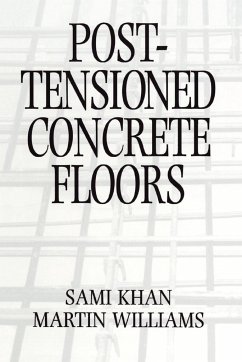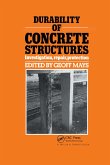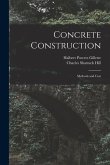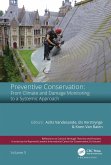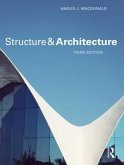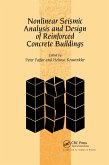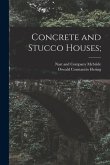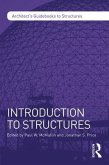Post-tensioning is a technique which enables engineers to make the most effective use of the material properties of concrete, and so economically design structural elements which are strong, slender and efficient. Design in post-tensioned concrete is not difficult and, if properly carried out, can contribute significantly to the aesthetic qualities of a building. As a result, post-tensioned floors have found widespread use in office buildings, car park structures, warehouses and public buildings. However, in spite of this, most prestressed concrete texts devote comparatively little attention to floors, concentrating instead on bridge elements. This book therefore aims to fulfil the need for a comprehensive treatment of post-tensioned floor design. No prior knowledge of prestressed concrete behaviour or design is assumed. Early chapters describe the principles and methods of prestressing in a general non-mathematical way which will be easily understood by architects and surveyors as well as engineers. This section also includes comparisons with reinforced concrete. Later chapters explain the design process in detail. The approach taken is first to outline the underlying principles and highlight areas of major importance or difficulty, then to explain the detailed application of these principles in accordance with both British and American standards. The book includes all aspects of the life cycle of a building: from initial planning, through detailed design to construction, maintenance and alteration of floors.
Hinweis: Dieser Artikel kann nur an eine deutsche Lieferadresse ausgeliefert werden.
Hinweis: Dieser Artikel kann nur an eine deutsche Lieferadresse ausgeliefert werden.

